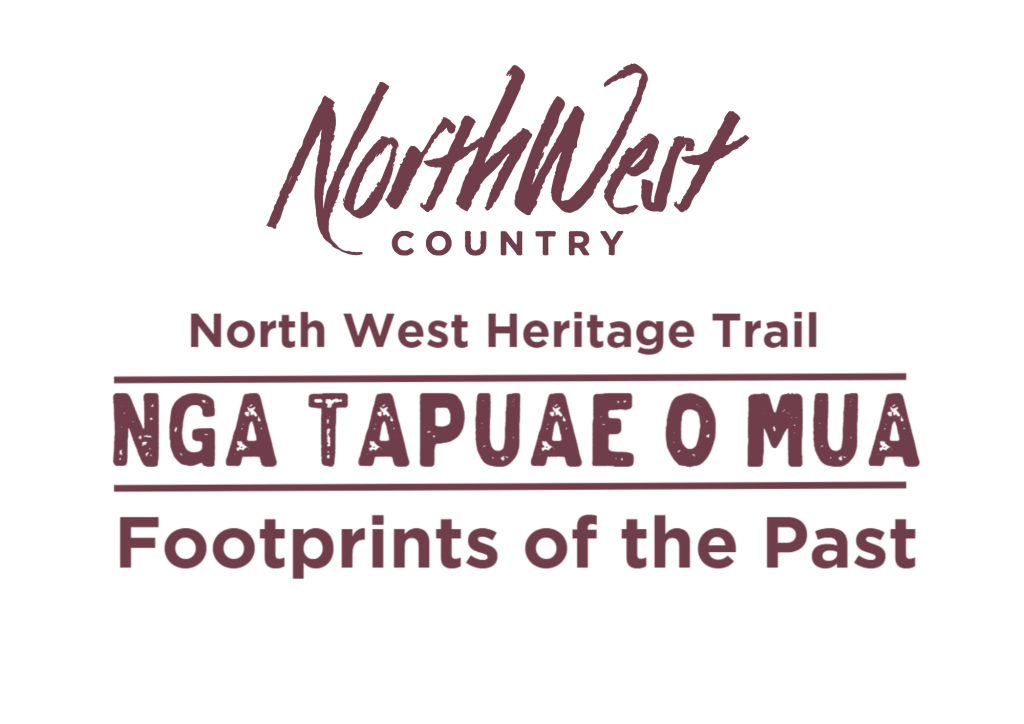
KO NGĀ WHARE MOE, KO TE AHI
I moe ngā tāngata Māori i roto i ngā whare moe. I moe ngā kātoa ki roto i kōtahi whare anakē. I ētahi wā, he whare anō tō te rangatira, te tohunga rānei. He whare anō tō ia whanau Pākehā. I hangaia ngā whare moe mō ngā tūārangi hoki – ko ngā hōtera. Ko te ahi he taonga nō Mahuika. Nā Mahuika i tango i ngā hōtera katoa o Te Awaroa.
FIRE & ACCOMMODATION
Māori lived communally and slept in houses constructed especially for sleeping. They shared these houses. Occasionally very important people had their own sleeping house. Initially many Europeans learnt to build the houses made of raupo before they could build the type of houses they were accustomed to. They built comparatively large houses for each family. They also built hotels. Te Awaroa (Helensville) had several hotels and boarding houses, but fire ravaged them all.
NGĀ WHARE MOE ME TE AHI
ACCOMMODATION AND FIRE
Strategically placed, Te Awaroa (Helensville) was a desirable place for human habitation and served both Māori and (later) Europeans. It had great resources and its location on the Kaipara enabled people to take advantage of the old canoe portage and travelling route from Pitoitoi (Riverhead) on the Waitematā.
In 1883, the village had a population of 500 and boasted three hotels, even though the Blue-Ribbon Temperance Army was some sixty strong. Te Awaroa afforded great access to the Northern Kaipara and beyond and so a lot of accommodation was required. Scott’s Terminus Hotel and McLennan’s Kaipara Hotel were both large, while Mr Flood’s Helensville Hotel was undergoing alterations to take it from 21 rooms to around 40.
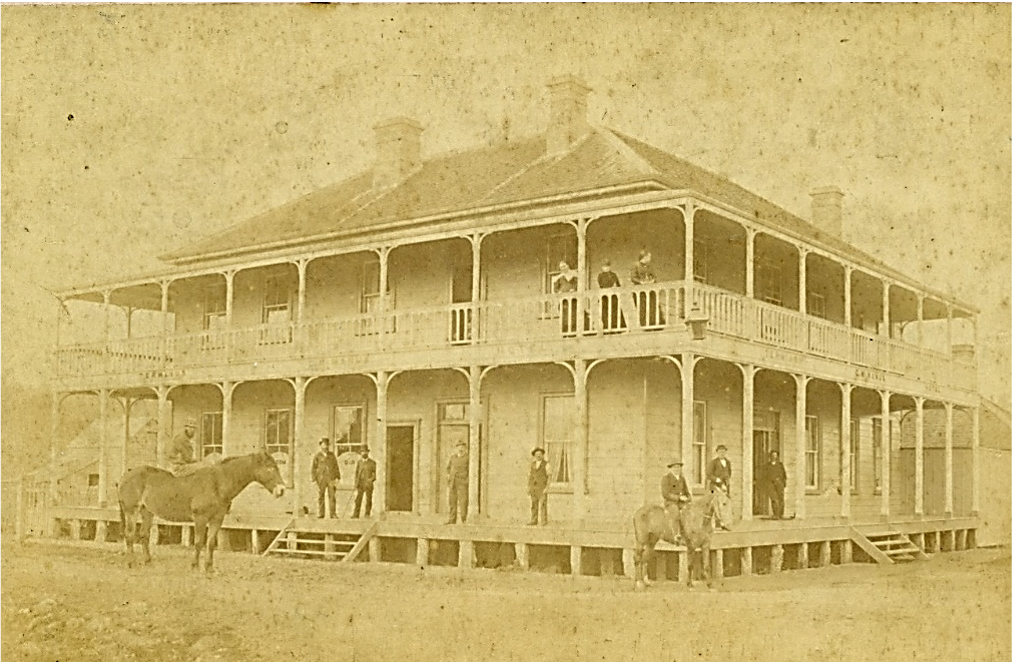
 First Terminus Hotel (where The Grand Hotel now stands) Burnt down 2 December 1905 – courtesy of Helensville Museum
First Terminus Hotel (where The Grand Hotel now stands) Burnt down 2 December 1905 – courtesy of Helensville Museum
The Terminus Hotel was well located at the junction of the railway and harbour. It provided refreshments to travellers as well as accommodation. The first hotel was built around 1882 and burned down in 1905. It was replaced in 1906 by a two storied brick building. This too was taken by fire in 1931. It was rebuilt yet again. This time it was built of concrete and named “The Grand” which still stands today.
In 1895, Māori women were prohibited from buying alcohol unless they were married to a European. In 1910 there was a ban put on women serving alcohol. It was considered a means of saving young men from drink and saving the morals of young women. Following WWII Parliament abolished discriminatory provisions relating to Māori and Māori customers were, for the first time, allowed on the premises of the Terminus Hotel. The liquor laws changed in 1952 to allow women to hold liquor licences.1961 saw the end of the ban on barmaids.
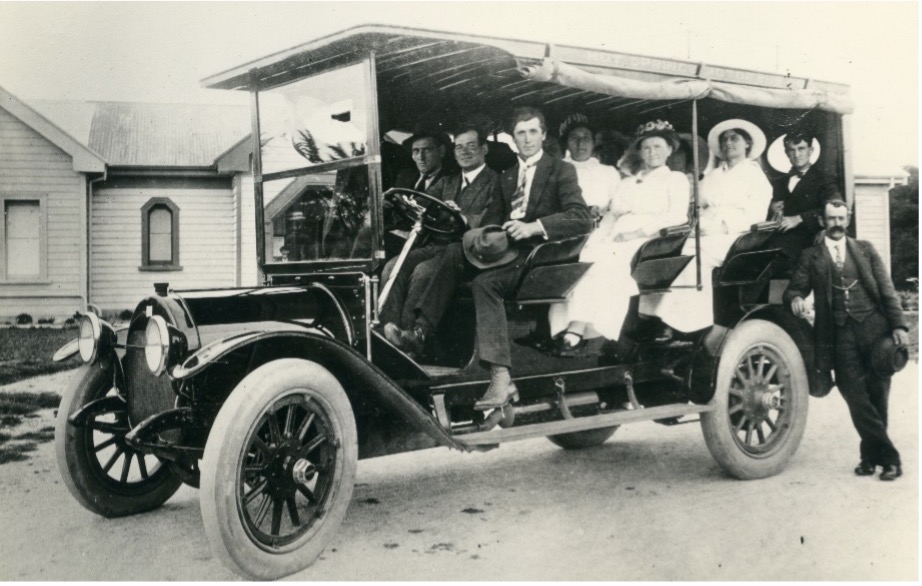
 The first bath house, Helensville Hot Springs, with the Stewart Brother’s Albion truck carrying passengers. (Auckland Libraries Heritage Collections, 35-R567.) (no copyright)
The first bath house, Helensville Hot Springs, with the Stewart Brother’s Albion truck carrying passengers. (Auckland Libraries Heritage Collections, 35-R567.) (no copyright)
The opening of the “Helensville Hot Springs” in Kaipatiki (Parakai), in 1907, was soon followed by private boarding houses to cater for visitors availing themselves of the healing qualities of the hot mineral water. The first was owned by Mrs Goad.
Hinemoa House was transported by bullock and barge from Paparoa, down the Kaipara to Parakai. Major additions were undertaken by Mr Becroft who added ten rooms to the front of the building. It also provided a 12 x 18 metre private thermal pool for its guests. Sadly, as with the other old boarding houses, Hinemoa House was lost to fire in 1977.
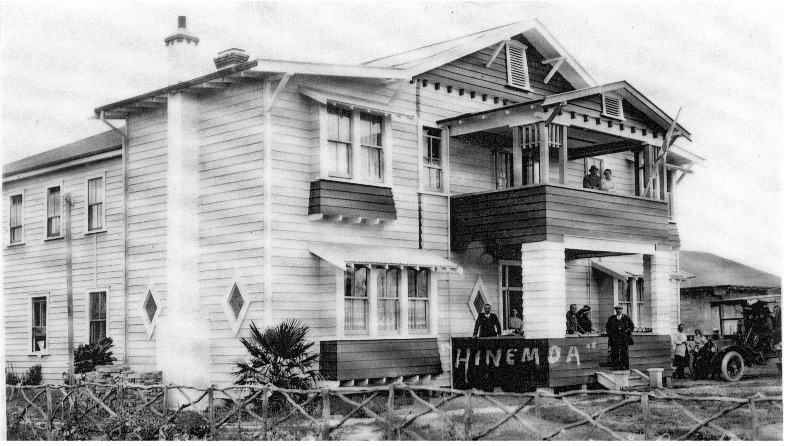
 Hinemoa House
Hinemoa House
Te Awaroa certainly had its share of fires. The first recorded fire was Kaipara Hotel, belonging to Irapeta and Charles Nelson, in 1867. After being rebuilt it burned down again in 1884. The West Brothers’ Woodworking Factory went in 1887 and in1935 Stewart Brothers’ Store was lost to fire. It was not rebuilt. At one stage Te Awaroa had an arsonist who believed he was “helping” the town by destroying some of its old, unkempt buildings.

 Auckland Libraries Heritage Collections, AWNS-19310701-46-2. (no copyright).
Auckland Libraries Heritage Collections, AWNS-19310701-46-2. (no copyright).
A fire brigade was established in 1914 but it was hindered by a lack of water supply. Firefighters had to haul a heavy handcart bearing a 20kg nozzle to plug into the nearest fire hydrant. The brigade had neither pumps nor water tanks so any burning building more than 122 metres from the town’s hydrants could not be saved.
Further Reading from Papers Past:
People & Their Stories…
Irapeta (Isabella) Nelson
(née Stanaway)
1847 – 1882
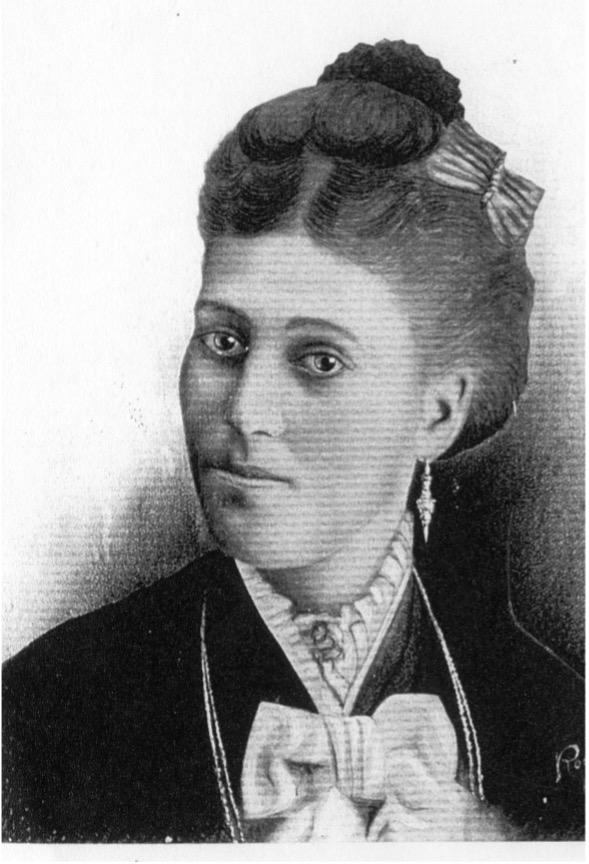

Irapeta (Isabella) Stanaway was born on 17 February 1847 to James John (JJ) Stanaway and his high-ranking Māori wife Henipapa Minarapa of the Rarawa tribe. JJ was a master mariner and was well known as the first Kaipara pilot. Irapeta’s mother was a Māori chief’s daughter, and her children were first brought up within the Māori family.
Carl Esaias Nilsson was born in 1829 in Sweden. He was educated in languages and sciences and was well-grounded in all aspects of life. He left home as a young man and for 15 years, from 1845, he roamed the world. He developed a passionate interest in the origins of NZ Māori. He left the sea and settled in the Kaipara, moving to Te Awaroa in about 1863 to work in the timber milling trade. By the time he settled in New Zealand he was calling himself Charles Edwin Nelson. Click on the link to read more about Charles Nelson: White Tohunga
Family legend has it that Charles first saw the beautiful, young Irapeta when she was helping to pilot his ship toward the Kaipara bar. They were married in Auckland in 1864, when Irapeta was 17 and Charles 35 years old.
Irapeta was greatly loved and respected by her family. She was related to the famous Māori chief and warrior, Te Otene Kikokiko of the Southern Kaipara. Te Otene was an important landowner in the Te Awaroa (Helensville) region, and he and his wife Maata gave land to Irapeta in 1865.
In that same year (1885) Charles and Irapeta built the first Kaipara Hotel, on the banks of the river, near the courthouse. They worked hard at their business interests. Irapeta was an industrious manageress of the Hotel, and she is remembered as “making her lodgings a safe haven for the Albertlanders passing through and crews coming to Helensville”. Irapeta was busy with her family and the hotel. Charles had a wide knowledge of the Māori people and an excellent grasp of the language. He was, therefore, increasingly in demand as an official interpreter, working with Judge Rogan at the Native Land Court.
Sadly, the Hotel was burned down in December 1867 while under lease to Curtis Moore. It was rebuilt as a two storied building, one of the first in Te Awaroa. Tragically, Irapeta died at the age of 35 on 26 April 1882.
Her tombstone in the Symonds Street Cemetery reads:
“Sacred to the memory of Isabella S Nelson, beloved wife of Charles E Nelson, who departed this life April 26th, 1882, aged 35 years. She has won sweet rest at last, peaceful and calm, all her cares and sorrows past”.
